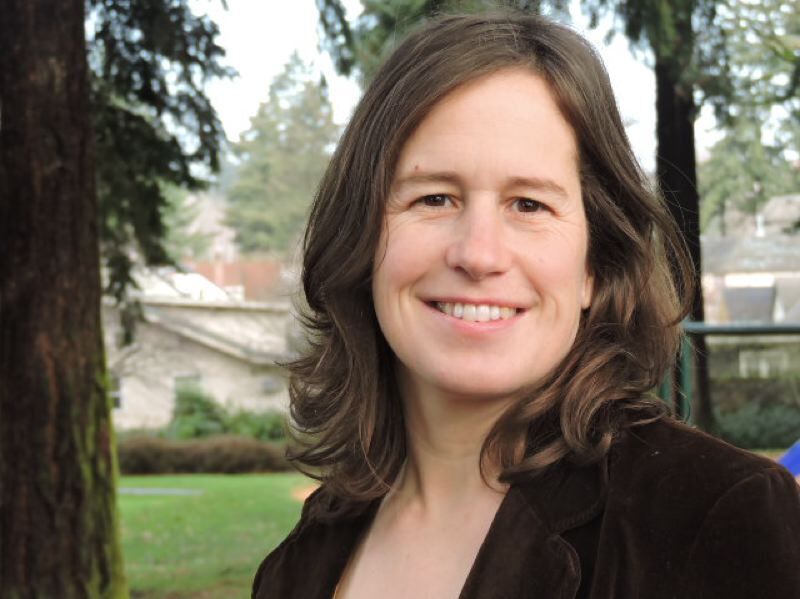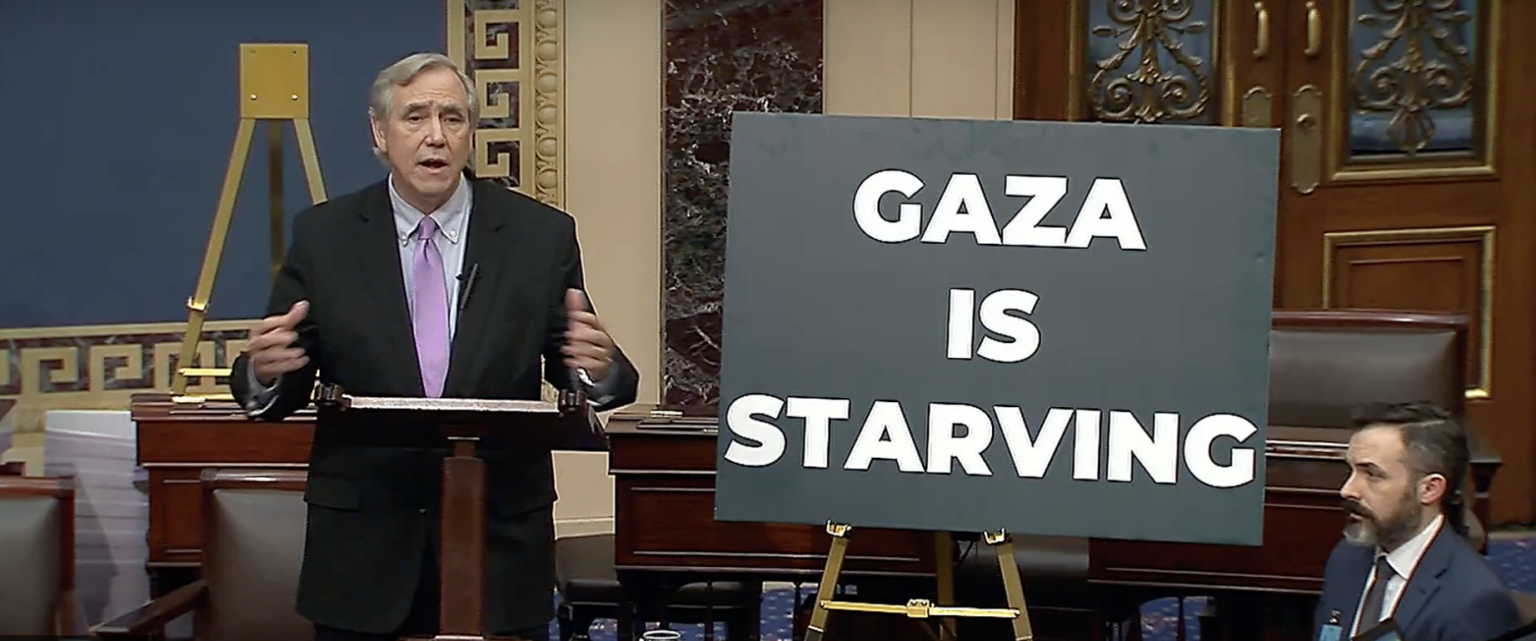Write-in election for soil, water district seat gets complicated
Published 12:00 am Tuesday, November 13, 2018

- Paula Gagnon, a farmer and consultant on conservation and environmental issues, is one of two certified write-in candidates for Zone 1 of the East County Multnomah Soil and Water Conservation District. She has been volunteering on the district's Clackamas cousin.
It probably won’t be remembered as “Soil-and-Watergate.”
Trending
But the write-in campaign for a seat on the low-profile East Multnomah Soil and Water Conservation District has quietly become one of the more contentious local electoral contests of November — and one that hasn’t been decided yet.
Elections staff members won’t start counting the 35,451 write-in votes cast in the race until Nov. 20, according to county elections director Tim Scott. The winner will sit on a board of directors that oversees a $12.9 million budget.
More than half a dozen local residents solicited votes for the director position on social media or radio, many of them assuming they had a shot at the elected post.
Trending
But for most of the would-be politicos, their assumption was wrong. Unlike for every other race on the ballot, write-in votes for candidates are not even counted by county elections staff unless they have been pre-certified by the Oregon Department of Agriculture as meeting certain specifications.
Under state law, candidates for the district board either must have served as volunteer associate directors, or they must manage a certain number of acres — the number depending on whether they live in the zone they’re running for.
The unusual system goes back to the history of soil and water districts. They were set up by a federal statute to conserve soil, water and private farmland after the Dust Bowl crisis of the 1930s, when drought combined with poor farming practices wrought economic devastation on families in the Great Plains area of the United States.
In the Multnomah county race, nobody filed for the Zone 1 job in time to appear on the ballot. But then three people applied to qualify for write-in campaigns. This week, votes for only two of them, Paula Gagnon and Gabrielle Rossi, will be counted.
That has the third, Rachelle Dixon, very unhappy. The vice-chair of the Multnomah County Democrats, who conducted the most vigorous campaign for the job, faults a confusing, weeklong process that, she said, has disenfranchised both her and the voting public.
John Byers, the ODA manager who oversaw the certification process, said Dixon initially provided an incorrect address, one that seemingly placed her as a resident in Zone 1, meaning a more relaxed set of requirements. When ODA looked further, they realized that she had put in “NE” instead of “SE” in front of her street address.
Dixon says she did not intend to deceive — it was a simple brain glitch. And she said she gave the correct address over the phone to the district — only to be rejected by the state on Oct 26, before trying again to be certified.
Under , if she didn’t live in Zone 1, she needed to control or manage 10 acres of property there. The zone covers the east side of the county extending north from Southeast Stark Street.
That, for her, was complicated. Dixon, a former member of the Portland Tree Advisory Committee and a volunteer at Zenger Farms and the Portland Tree Project, since this summer has been reaching agreements with churches and other property owners to allow gardens on their land for her and other volunteers to manage, part of her push to get people of color involved in farming the land. So she gave the state a list of about 25 properties to be evaluated to reach the 10-acre minimum.
Her opponents didn’t face that problem and were easily certified by the state. Gabrielle Rossi is the manager of Rossi Farms on Sauvie Island, a wedding and event venue. She did not respond to attempts to reach her.
Paula Gagnon, a farmer and conservation consultant, had spent more than a year as a volunteer associate director in the Clackamas soil and water district — which under state law is an alternative avenue to qualify for the job.
For Gagnon, the volunteer job there was a chance to make a difference in her primary passion. “It’s a commitment to serve as a volunteer for a four-year term and attend monthly meetings and be very knowledgeable about the functions and the work of the district … it’s not an insubstantial amount of time.” And now the Multnomah job will let her continue that.
As for Dixon, joining the Multnomah district was a chance to pursue her passion of gardening and planting to help with global climate change. But when she turned in her list of properties managed on the afternoon of Nov. 6, the state concluded that less than four acres were in the zone she was running to represent, well below the 10 acres required.
Dixon said the system is antiquated and needs reform, but she intends to stay involved regardless. “This process is broken … Going forward. it seems to me they would want to have the best qualified person for the position.”







